The Bermuda Triangle, a mysterious region in the North Atlantic, continues to captivate the world’s imagination with its unexplained disappearances and terrifying legends. Among the many theories surrounding this enigmatic place, one persistent legend has resurfaced: that of a colossal sea monster that attacks ships, dragging them into the depths. From sailors’ tales to disturbing discoveries and scientific hypotheses, delve into the story of this legendary creature that has haunted the waters of the Bermuda Triangle for centuries.
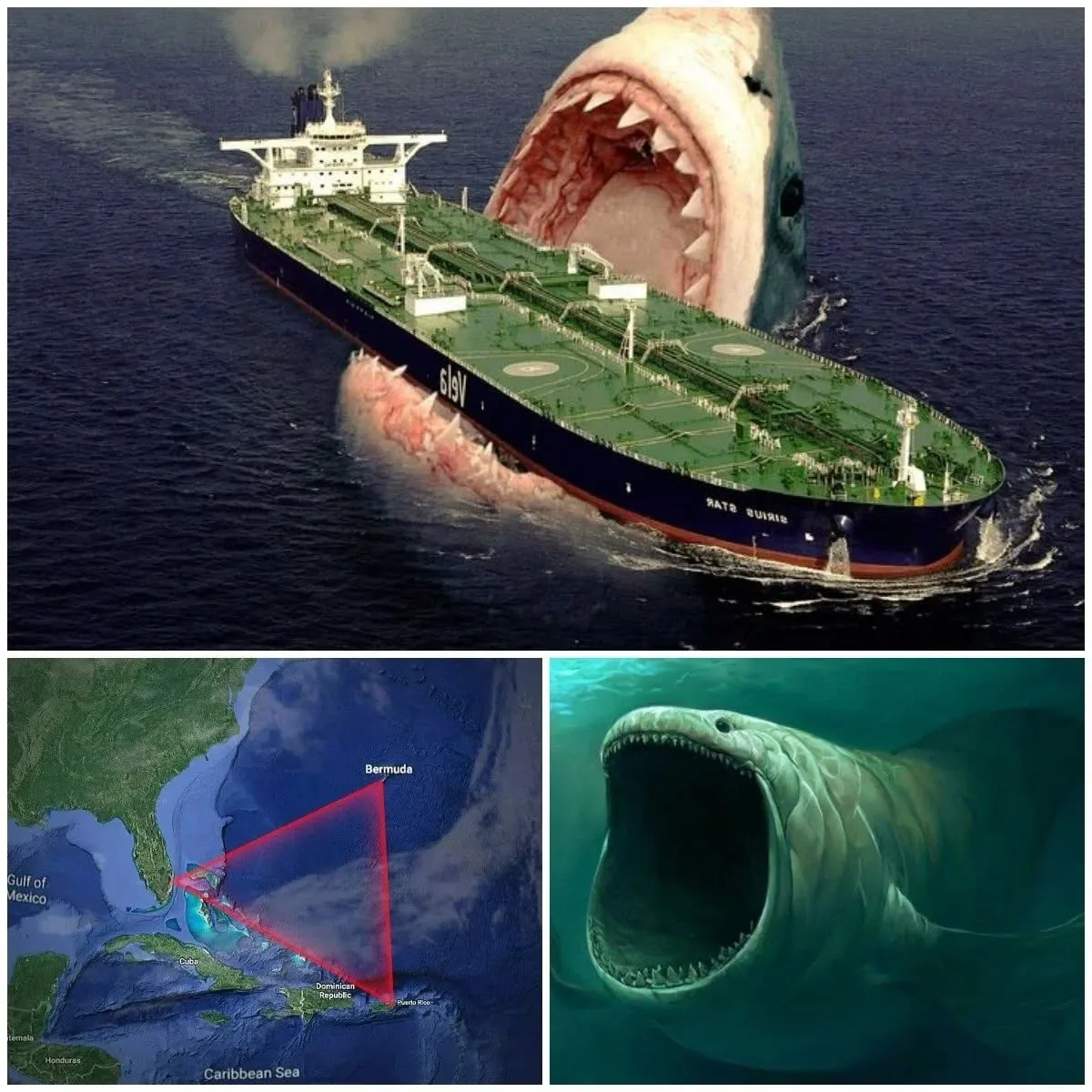
The Bermuda Triangle, bordered by Miami, Bermuda, and San Juan, Puerto Rico, covers an area of approximately 1.5 million square kilometers. Since the 19th century, this area has become synonymous with inexplicable disappearances: more than 50 ships and 20 aircraft have vanished here, taking thousands of lives with them. Among the most famous cases are the disappearance of the USS Cyclops in 1918, with 306 people on board, and that of Flight 19 in 1945, in which five US Navy aircraft vanished without a trace.
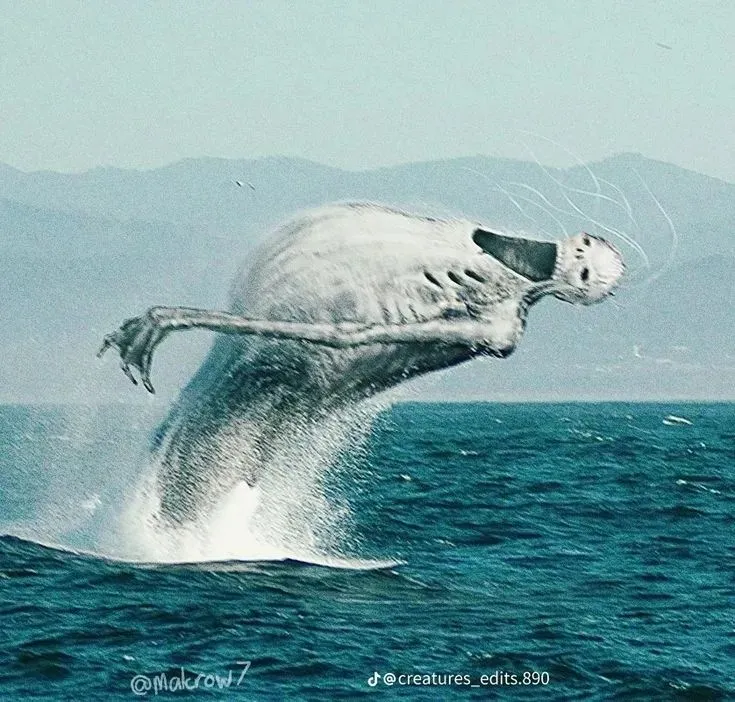
Explanations abound: magnetic anomalies, sudden storms, or even extraterrestrial intervention. But an ancient legend, passed down from generation to generation by sailors, suggests a far more terrifying cause: a sea monster, nicknamed “the Shadow of the Abyss,” said to prowl the depths of the Bermuda Triangle, attacking ships that dare venture into its territory.
The first mention of a monster in the Bermuda Triangle dates back to the 16th century, when Spanish explorers reported encounters with “colossal beasts” in the region. In a 1595 log, a Spanish captain, Juan de la Vega, describes a terrifying encounter: “An immense creature, larger than our galleon, rose from the waves. Its eyes shone like lanterns in the night, and its tentacles broke our mainmast. We lost 12 men before the storm saved us.”
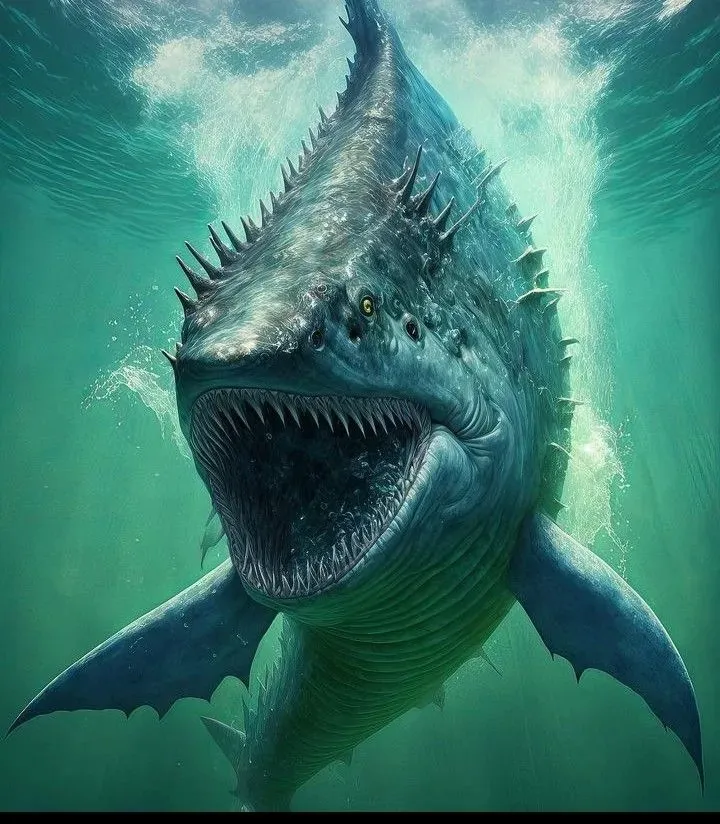
Over the centuries, accounts have multiplied. In 1843, British Captain Edward Harrow, aboard the HMS Dauntless, reported a similar attack: “A gigantic shadow emerged from beneath our ship. It had inky-black tentacles and a gaping maw filled with sharp teeth. It rammed our hull with unimaginable force, and we barely survived.” These descriptions, while varied, often converge on a creature that was part reptile, part cephalopod, with massive tentacles and a size exceeding 30 meters.
While these tales may seem fantastical, some researchers believe they may be inspired by real creatures. Dr. Sophie Laurent, a marine biologist at the University of Miami, suggests the Bermuda Triangle monster may be an exaggeration of a giant squid (*Architeuthis dux*), a species known to reach lengths of 18 meters and live in the depths of the Atlantic. “Ancient sailors, confronted with a giant squid during a storm, might have amplified their descriptions out of fear,” she explains. “The tentacles of a giant squid, combined with a vivid imagination, could easily give rise to a sea monster legend.”
Another hypothesis involves the megalodon, a prehistoric shark that may have survived in the depths of the Bermuda Triangle. Although science considers the megalodon extinct for 3.6 million years, recent discoveries of fossilized teeth dating back 10,000 years in the region have rekindled speculation. “The depths of the Bermuda Triangle, which reach up to 7,000 meters, remain largely unexplored,” notes Dr. Laurent. “It is possible that unknown species, or even survivors of extinct species, found refuge there.”
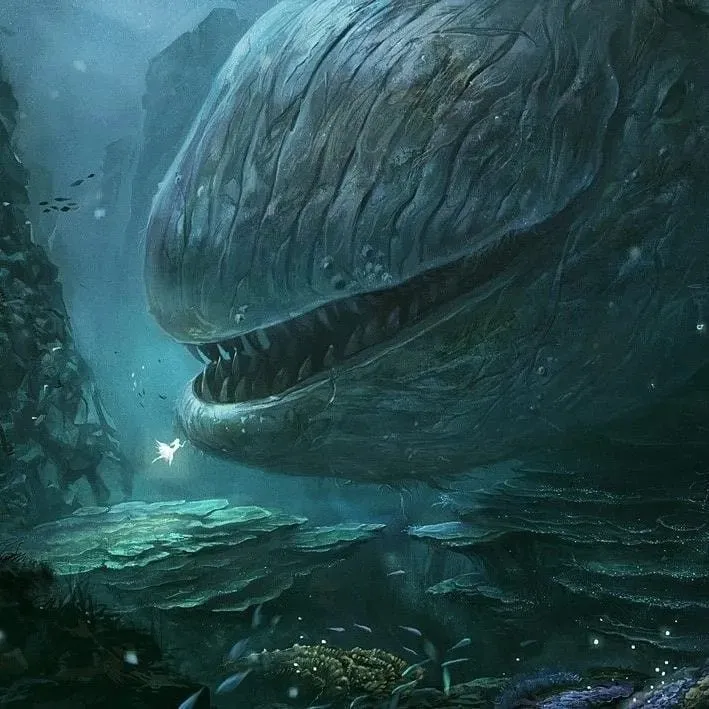
Over the years, discoveries have fueled the legend. In 2023, a team of divers exploring a shipwreck in the Bermuda Triangle found massive scratch marks on the hull of a ship sunk in 1892. The marks, up to 1.5 meters long, were not consistent with any known marine predator. “These scratches are too large to be the work of a modern shark or giant squid,” said underwater archaeologist Pierre Dubois. “They suggest a creature of extraordinary size and strength.”
Additionally, sonar recordings taken in 2024 by the National Oceanic and Atmospheric Administration (NOAA) detected “anomalies” in the depths of the Bermuda Triangle: massive shapes, measuring over 25 meters, moving at unusual speeds. While these data have not been confirmed as living creatures, they have rekindled speculation about the presence of a monster in the region.
Although most accounts of attacks date back centuries, more recent accounts continue to emerge. In 2019, a luxury yacht, the Serenity, reported a disturbing encounter in the Bermuda Triangle. According to the captain, a “colossal shadow” rammed the boat several times, causing significant damage to the hull before disappearing into the depths. “We heard a low roar, like a rumbling underwater,” one passenger recounted. “Then something hit the boat so hard we thought it was going to break.”
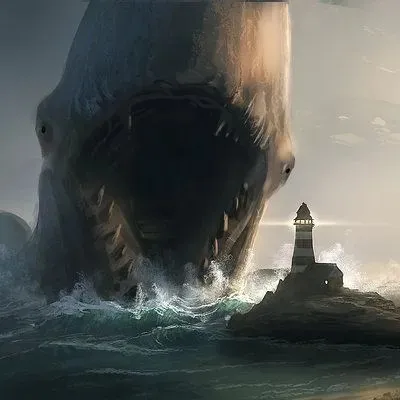
These accounts, though unverified, fuel fascination with the Bermuda Triangle monster. Some skeptics attribute these incidents to natural phenomena, such as rogue waves or collisions with underwater debris. But for believers, these stories are proof that something enormous and dangerous lurks in the region’s murky waters.
The Bermuda Triangle Monster, whether a giant squid, a surviving megalodon, or a still-undiscovered creature, remains a legend that fascinates as much as it frightens. Sailors’ tales, archaeological discoveries, and underwater anomalies continue to fuel speculation, but no definitive proof has yet been found. The Bermuda Triangle, with its unfathomable depths and mysteries, seems determined to keep its secrets.
As scientists explore more and more of the ocean floor, perhaps we will one day discover the truth behind this legend. In the meantime, the Bermuda Triangle Monster continues to haunt the imaginations of sailors and adventurers, a terrifying reminder of the immense power of the oceans—and the mysteries they still harbor.